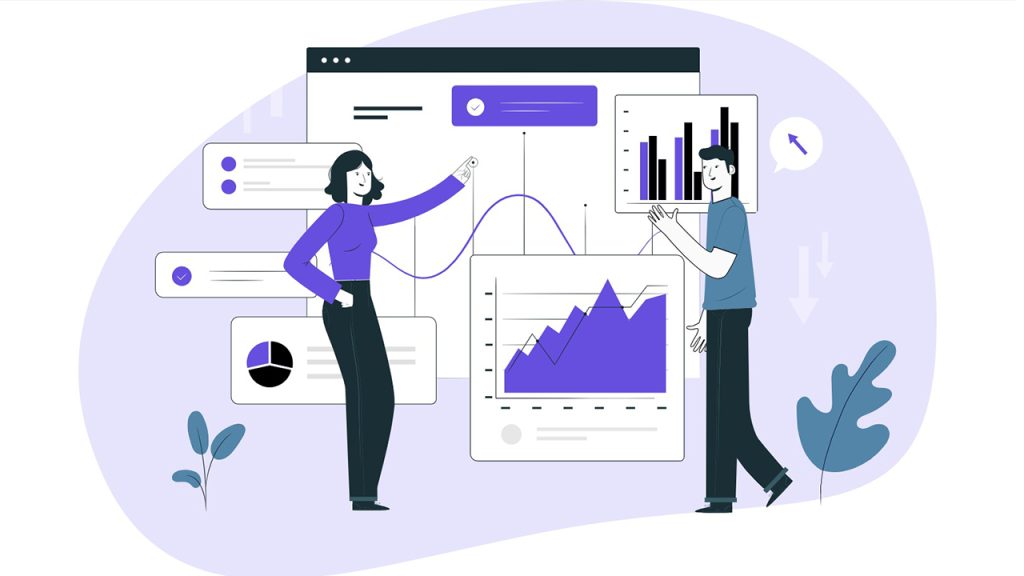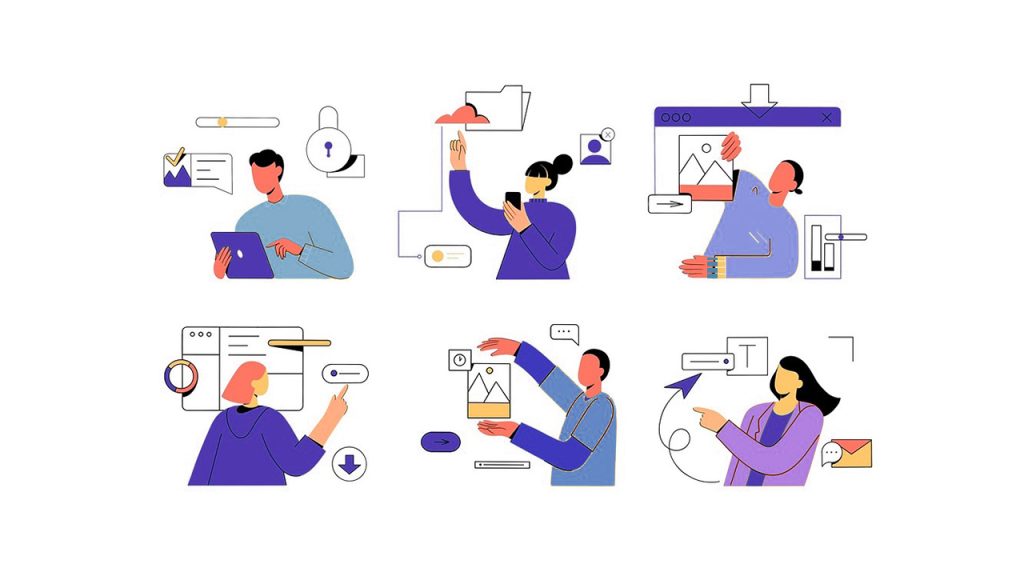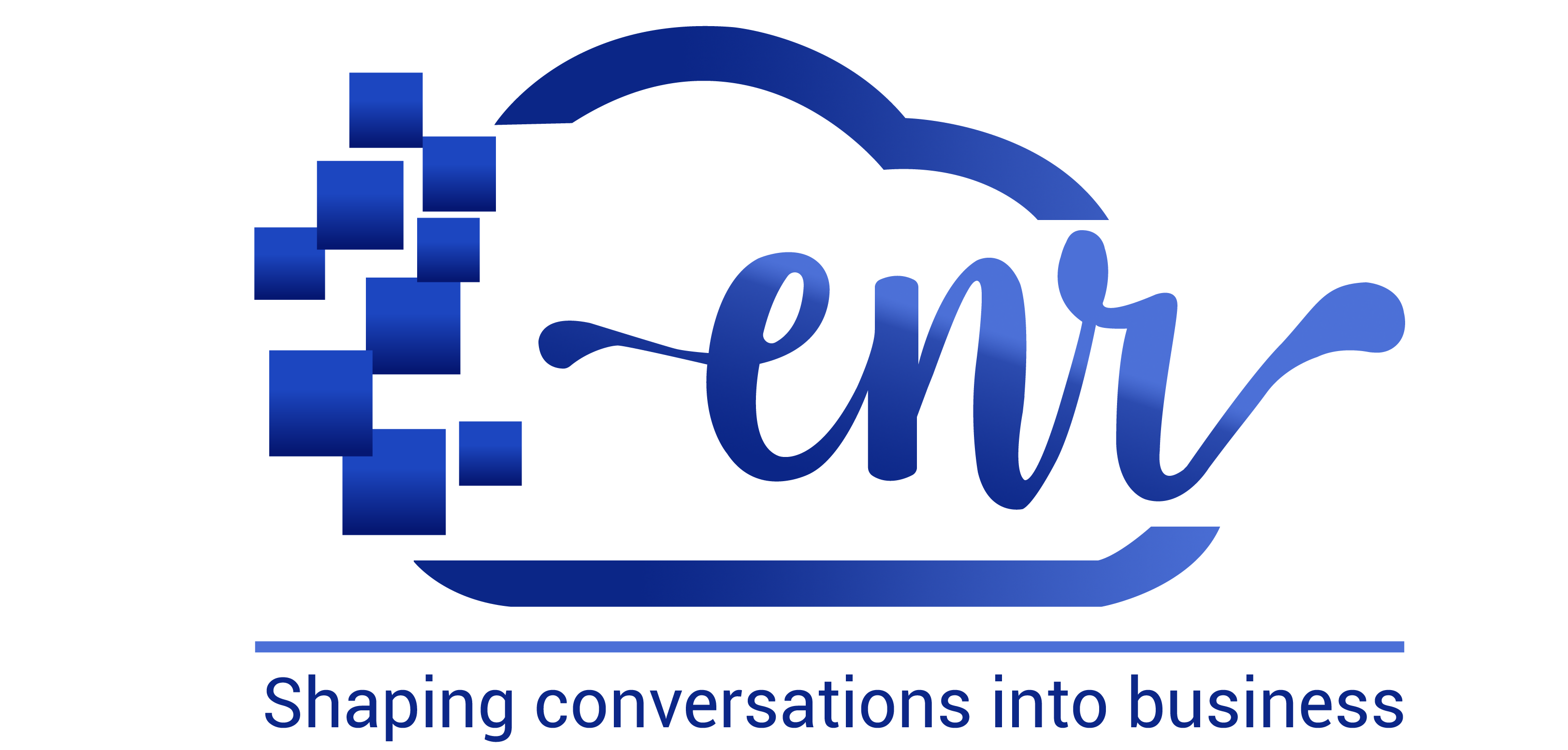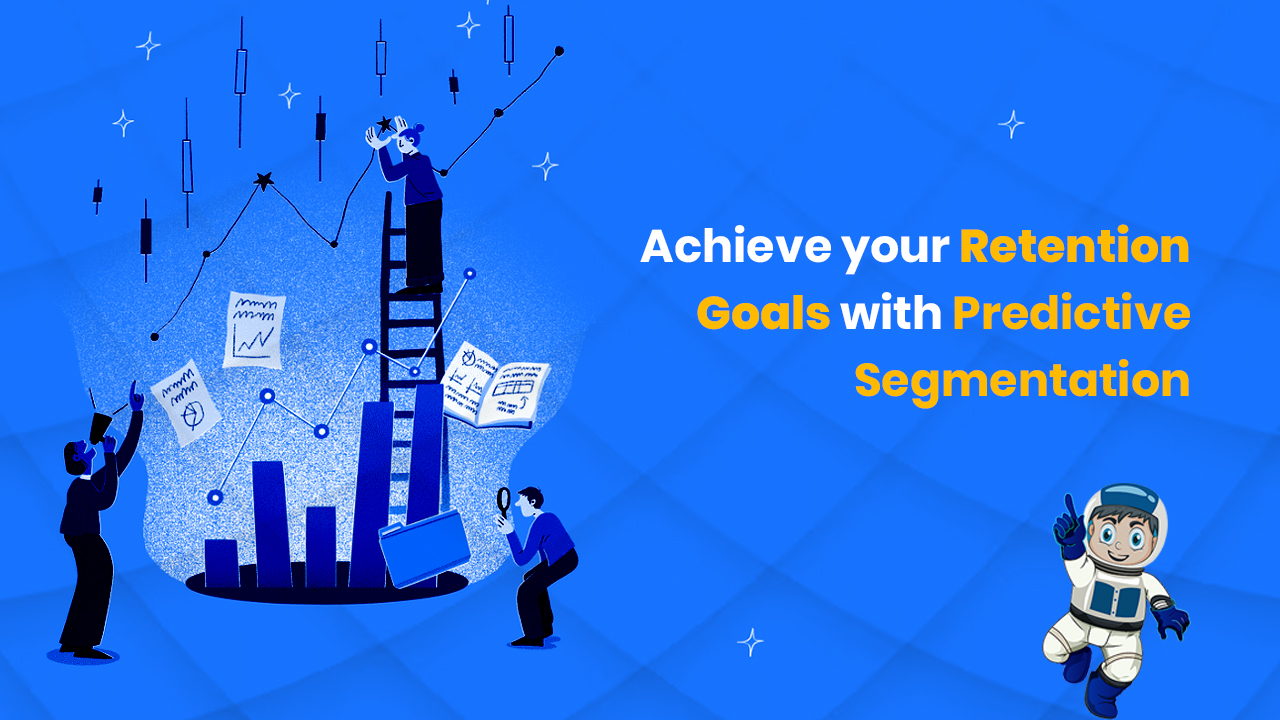Have you ever wondered how any brand can get the results on the basis of AI. In this ever-evolving world of digital marketing, it is important to understand the customer behaviour to build a strong customer relationship. But which is the most powerful tool that business can leverage to achieve their retention goals?
The answer is very surprising that predictive segments can help brands to achieve their retention goals. This approach combines data analytics and the concept of machine learning to understand the customer behaviour and also anticipate the next strategy.
In this blog we will discover what is the actual meaning of predictive segment, how it works and how brand can leverage it to achieve the retention goals.
Do you remember in our childhood we often wondered that how would it feel like to predict something and then see it actually happen!
Boom🌟
And, It is actually happening.
Table of Contents
ToggleWhat is Predictive Segmentation?
Predictive segmentation is a surprising process available on many engagement tools as a premium feature which uses the statistical model and machine learning algorithms that can analyse the historical and real time data to predict the results for future customer behaviours and can save them as a segment to target in future accordingly.
This is quite different from traditional segmentation in which the marketers create the segments based on the attributes like age gender location etc.
But in predictive segmentation it uses the concept of dynamic attributes like users purchase history browsing behaviour and the level of engagement who create more precise and deep actionable insights for customer segments.
How Predictive Segmentation Works?
1- Collection Of Data
This is the initial process that begins with gathering of data from various sources like their transaction history how they interact with the website what type of engagement they are performing on received email what type of activities they are performing on social media.
This can provide a more comprehensive site of data Which helps to bring accurate predictions.
2- Analysis Of Data
With the help of advanced analytical tools and machine learning concepts, it analysed the data to identify the previous and current patterns and the trains to create the customised strategy.

For example, they might look at how often customers purchase on their app or website the type of product they are likely to buy at which specific time of the year they are most active and how they respond when the brand sends different marketing campaigns.
3- Building Of Model
Predictive models are built on the basis of analysis then these models use historical data to predict the consumer’s future behaviour for example a model that can predict the churned customer who stops doing business with a particular brand based on their recent activity.
4- Segmentation
Then it groups the customers into segments based on the analysis and prediction. But these segments are not the type of static segments as they evolve around more data which is collected and analysed. The few best examples of predictive segments are high-value customers, at-risk customers and inactive customers.
5- Actionable Insights
This is the final step in which it uses these segments to perform the marketing strategies. Then each segment can be targeted with personalised messages and offers designed to increase brand engagement and retention which is the business goal of every brand.
Implementation Of Predictive Segmentation
Implementing predictive segmentation can be tricky and involves a few steps let’s discuss the same in detail.
1- Define Objectives
To start the segment creation brand has to define its business goals clearly. What are they trying to achieve with the help of predicting segmentation, what they are actually looking- like to reduce churn, to increase the lifetime value of customers, or to improve overall customer satisfaction?
2- Data Collection
At this step, the brand has to collect the data from all possible sources. This may include transactional data, any customer feedback, or the social media interactions the user is performing, and many more. It is important to ensure that the collected data is clean and organized for further analysis.
3- Selection Of Right Tools
Once the data is collected the next step is to select the right analytics and machine learning tool. There are several platforms available that offer predictive segments which is capable such as Clever Tap, Web Engage, salesforce and many more.

4- Build and Test the Models
The brand has to use the data to build predictive models. It is important to test the build models to ensure that everything is going fine and to know how accurately they are performing.
5- Customer Segmentation
Once it is confirmed that the built models are accurate, brands can use that to create the segment for customer retention. It is important to keep in mind that it should be dynamic and updated on a regular basis so that the new data keep coming to the system.
6- Strategies Development
Now it is the time to create tailored marketing strategy for each segment. For example, brands might offer exclusive discount to the high-value customers or send the personalized re-engagement campaigns to address customers to make them loyal customers.
7- Monitor and Adjust
It is suggested to monitor the performance of the segments and strategies on a continuous note and use that insight to gain and refine the models and strategies over time.
I have something really exciting to provide you the more details on predictive segmentation and that are the real-world examples the major brands used in real-time to retain customers easily and effectively.
Explore Here to Get Martech Consultancy
Some Real-World Examples Of Companies That You Could Refer
1- Netflix
In this Era, everyone is used to watching the series in their personal time, and here comes the Netflix in picture. To keep their users engaged every time, with the help of predictive segmentation Netflix uses predictive segmentation to recommend shows and movies to users to which they are likely to watch and enjoy.
This keeps users engaged and reduces the chances of cancelling the subscription and to decreases the churn rate.
2- amazon
Amazon uses predictive segmentation to recommend products to its users by analyzing their browsing and purchase history.
Amazon can predict what products a customer is likely to purchase and suggest them these items in a different way. It enhances the user’s shopping experience and also increases sales and customer loyalty.
3- Sephora
Sephora uses predictive segmentation to send the personalised campaigns of email by analysing the users purchase history and how they are browsing on their website.
Sephora sends personalised recommendations and offers to its customers so that they keep browsing on their website. This not only drives sales but also increases the customer lifetime value and the satisfaction for Sephora.
Final Thoughts on Predictive Segmentation
After knowing the benefits of predictive segmentation, any brand can now say that predictive segmentation is a powerful tool that can help businesses to achieve their business goals and to retain users on a continuous mode by enabling personalised and proactive engagement campaigns with customers.
By leveraging the data analytics and machine learning algorithms, brands can get the deep insights of the customer behaviour and can create the tailored strategies on the basis of that analysis. There are a few challenges that needs to be addressed, with the potential of benefits a predictive segment is a worthwhile investment for any brand who is looking to improve the customer retention.
If you also want to stand out in a world where customers’ expectations are constantly evolving staying ahead with predictive segmentation can be the key to achieve the business goals and to easily retaining customers. Not only this but also building a long-lasting and a profitable relationship.
Also Read- The Rise of WhatsApp Business API
Amit Bhateja is the co-founder of enrcloud and helping brands and Unicorns from the last 15+ years and overachieve their Engagement and Retention goals. He is passionate about solving customer problems with modern technology, new age solutions, and consultancy approach. Besides Building ENR, He enjoys reading books, spending time with his family and Teammates, traveling, meeting new people, learning new things, and love to close the business deals.





